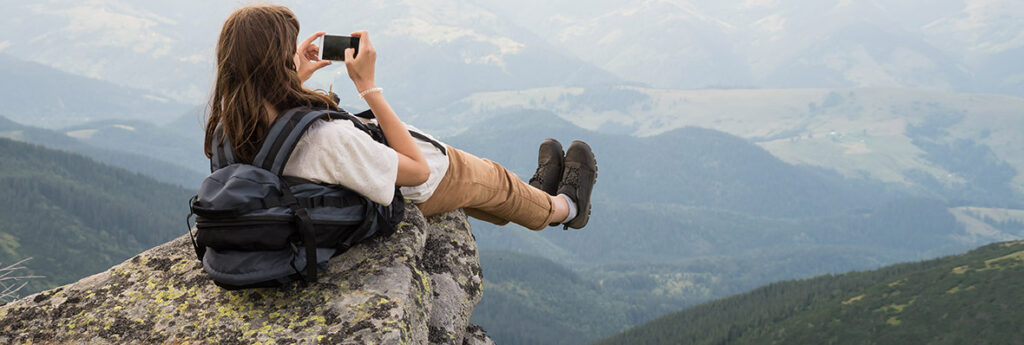While there’s no shortage of news on the ‘net nowadays showing tourists brazenly flaunting pandemic safety protocols, it should be remembered that COVID-19 didn’t start the trend of questionable behaviour by travellers apparently taking leave of their senses, not just their homes, while on vacation.
Consider the man who was killed last week by a polar bear while camping in the Arctic in Norway’s Svalbard Islands: While tragic, one wonders why the fellow – described simply a “foreign national” – was roughing it in an area (along with six others who were understandably being treated for shock) where visitors are inundated with warnings about polar bears and warned to “stay as far away as possible to avoid situations that could be dangerous for you and for the bear.”
Moreover, those who do not heed the advice and choose to sleep outdoors receive stern warnings from authorities to carry firearms while moving outside of settlements.
The man was the fifth person to have been killed by polar bears since 1971. In 2015 a Czech tourist on a combined ski and snow scooter trip north of Longyearbyen escaped death but was injured after being dragged out of his tent by a bear that was ultimately driven away by gunshots. Like the most recent incident, the animal was eventually found and killed.
Lions and tigers and bears
Alas, bears are not the only culprits (and in their own way, victims). In Africa, there have been countless accounts of (and videos showing) tourists leaving safari vehicles for the sake of a selfie with lions or other dangerous animals, with one viral video famously detailing an experience not turning out well for the subject.
The desire by tourists to get and post photos of wild animals on social media can also prove fatal to the animals by attracting poachers and increasing life-threatening traffic near them, say officials in South Africa’s Kruger National Park.
The height of stupidity
Then there’s Everest, the Himalayan mountain that has claimed the lives of more than 300 ill-advised climbers over the years despite the rather obvious billing of its notorious “death zone” that must be crossed enroute to the top. Lines of (mostly inexperienced) trekkers are now common heading up the mountain, and in 2019 a record (11) for annual deaths was set, victims of avalanches, falls, altitude sickness, etc.
Cruise control switched off
And while cruise ships are a far sight safer than climbing the world’s highest mountain, close to 300 people have also been reported to have fallen overboard while at sea since 2000. To be fair, some late cruisers indicated that they had chosen their fate, but other deaths have been blamed on too many cocktails and other foolish passenger behaviour. After all, it is pretty hard to fall off a cruise ship.
Selfie shenanigans
Beyond approaching wild animals, there is no end to the dangerous circumstances that some tourists are willing to brave in the name of inebriation, bragging rights on social media, and perhaps both at the same time.
In January, a British tourist fell off a cliff in Australia while trying to take a selfie, while last year a French tourist suffered a similar fate while negotiating a waterfall for the same purpose in Thailand.
A German tourist recently scaled and failed to reach the top of Machu Picchu, and others have plummeted to their deaths in rivers, gorges, volcanoes, in front of trains, and off of roof tops – often in defiance of clearly marked barriers or no-go zones.
One Einstein was amazingly almost clipped by a plane in St. Barts while trying to get up close and personal with the landing aircraft. (Someone else was close enough to take the photo).
And the list goes on.
Of course, not all self-inflicted selfie deaths are entirely unexpected as increasingly tourists (mostly millennial men) seek out ever more dangerous backdrops for their extreme endeavours, prompting some insurers to now offer “killfie” insurance.
In either case, leave it to plain-spoken Forrest Gump to observe, “Stupid is as stupid does.”

